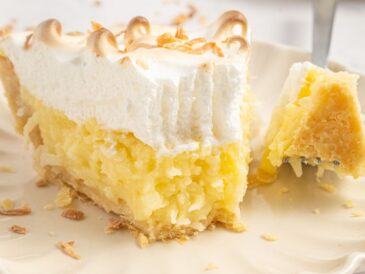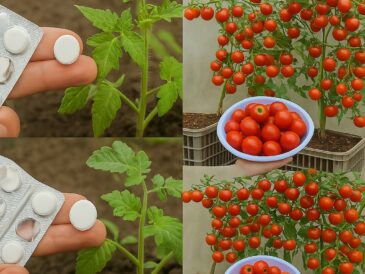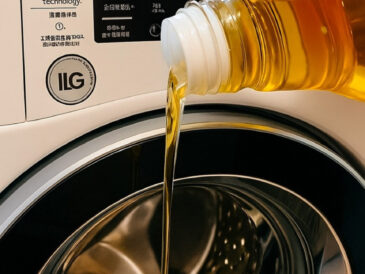In the rich tapestry of traditional baking, some recipes are treasured heirlooms passed down from generation to generation. Among these gems, the flourless cloud cake holds a special place in my family’s history. This cake is a delicate, airy delight—light as a cloud and completely flourless—that my great-grandmother perfected decades ago.
Whether you’re seeking a gluten-free dessert, a lighter alternative to conventional cakes, or simply a recipe steeped in history and flavor, this flourless cloud cake recipe is your perfect companion. Its ethereal texture and subtle sweetness make it ideal for celebrations, afternoon teas, or anytime you want to impress with an effortlessly elegant dessert.
In this extensive guide, I’ll share the full traditional recipe, ingredient insights, tips for achieving the perfect texture, and variations that honor the original while allowing you to customize it to your tastes.
Table of Contents
- The Origins and History of the Flourless Cloud Cake
- Why Choose a Flourless Cake?
- Key Ingredients and Their Benefits
- Essential Equipment for Success
- Step-by-Step Traditional Recipe
- Expert Tips for Achieving the Perfect Cloud-Like Texture
- Delicious Variations of the Flourless Cloud Cake
- How to Store and Serve Your Cake
- Flourless Cloud Cake for Special Diets
- Frequently Asked Questions
- Final Thoughts: Preserving a Timeless Family Tradition
1. The Origins and History of the Flourless Cloud Cake
The flourless cloud cake originated as a resourceful dessert crafted during times when flour was scarce or reserved for other culinary uses. My great-grandmother, living in a rural area, developed this recipe to delight her family without relying on conventional wheat flour.
The name “cloud cake” perfectly describes its delicate, airy texture that feels like biting into a soft, weightless cloud. Traditionally served during family gatherings and holidays, it’s become a symbol of simplicity, love, and culinary creativity passed down through generations.
2. Why Choose a Flourless Cake?
Today, many people look for flourless recipes for health, dietary, or lifestyle reasons. Here are compelling benefits:
- Naturally gluten-free, ideal for those with celiac disease or gluten sensitivities.
- Lighter and more digestible than cakes made with refined flour.
- Lower in complex carbohydrates, suitable for low-carb or keto-inspired diets.
- Easily adaptable for vegan, dairy-free, or sugar-conscious diets.
- A unique texture and taste that stands out from typical cakes.
3. Key Ingredients and Their Benefits
Fresh Eggs
Eggs form the foundation of this cake, providing structure, moisture, and most importantly, the ability to create a light, mousse-like texture when whipped properly.
Natural Sweeteners
Using unrefined sugars like raw cane sugar or coconut sugar enhances flavor and adds minerals, while maintaining a lower glycemic index compared to refined white sugar.
Cream or Plant-Based Alternatives
Cream adds richness and moisture. For dairy-free versions, oat, almond, or coconut cream work beautifully without sacrificing flavor.
Natural Flavorings
Vanilla extract or citrus zest gently enhance the cake’s flavor without overwhelming its delicate profile.
Optional Starches or Nuts
Small amounts of cornstarch or almond flour can be added to improve structure while keeping the cake flourless. Almond flour also adds a subtle nuttiness and healthy fats.
4. Essential Equipment for Success
To master this cake’s ethereal texture, having the right tools is crucial:
- Electric mixer or stand mixer: For whipping egg whites to stiff peaks.
- Large mixing bowls (glass or stainless steel): Avoid plastic bowls as they retain grease which inhibits egg whites from whipping.
- Silicone spatula: To fold ingredients gently without deflating the batter.
- Springform or round cake pan (20-24 cm): Ensures even baking.
- Parchment paper: For easy removal of the cake after baking.
5. Step-by-Step Traditional Recipe
Ingredients (serves 6-8)
- 6 large fresh eggs, separated
- 150g raw cane sugar or coconut sugar
- 100 ml heavy cream or plant-based cream
- 1 tablespoon vanilla extract or zest of 1 lemon
- Pinch of salt
- 30g cornstarch or 50g almond flour (optional)
Click page 2 for more




